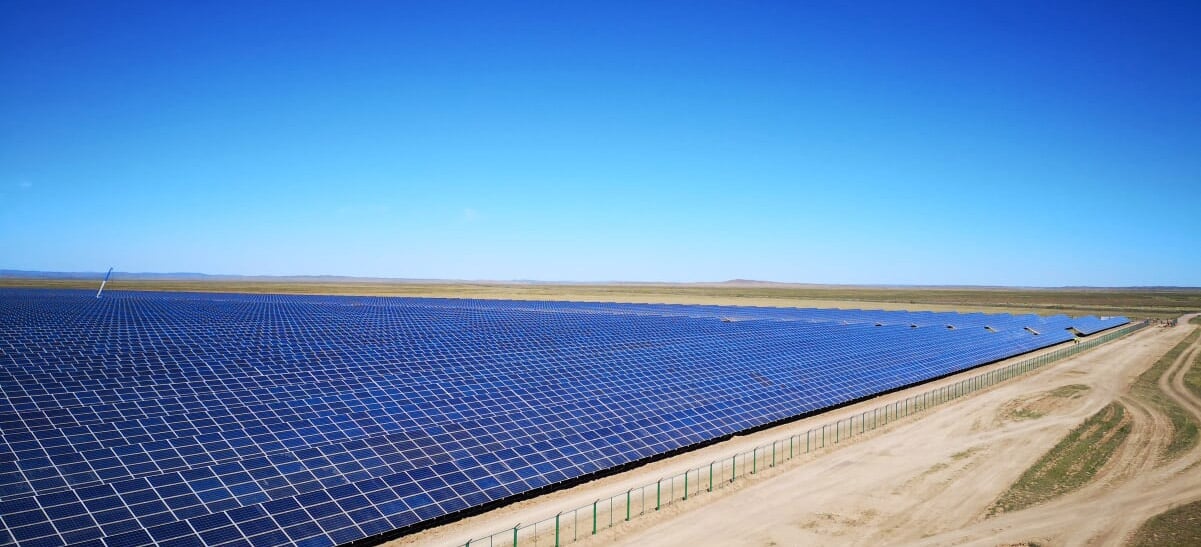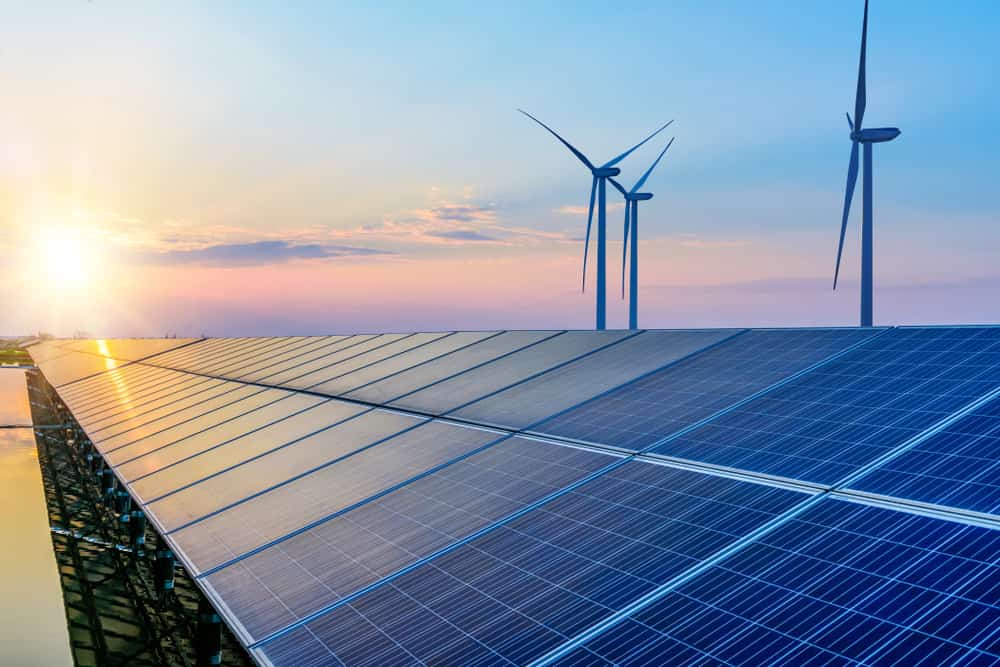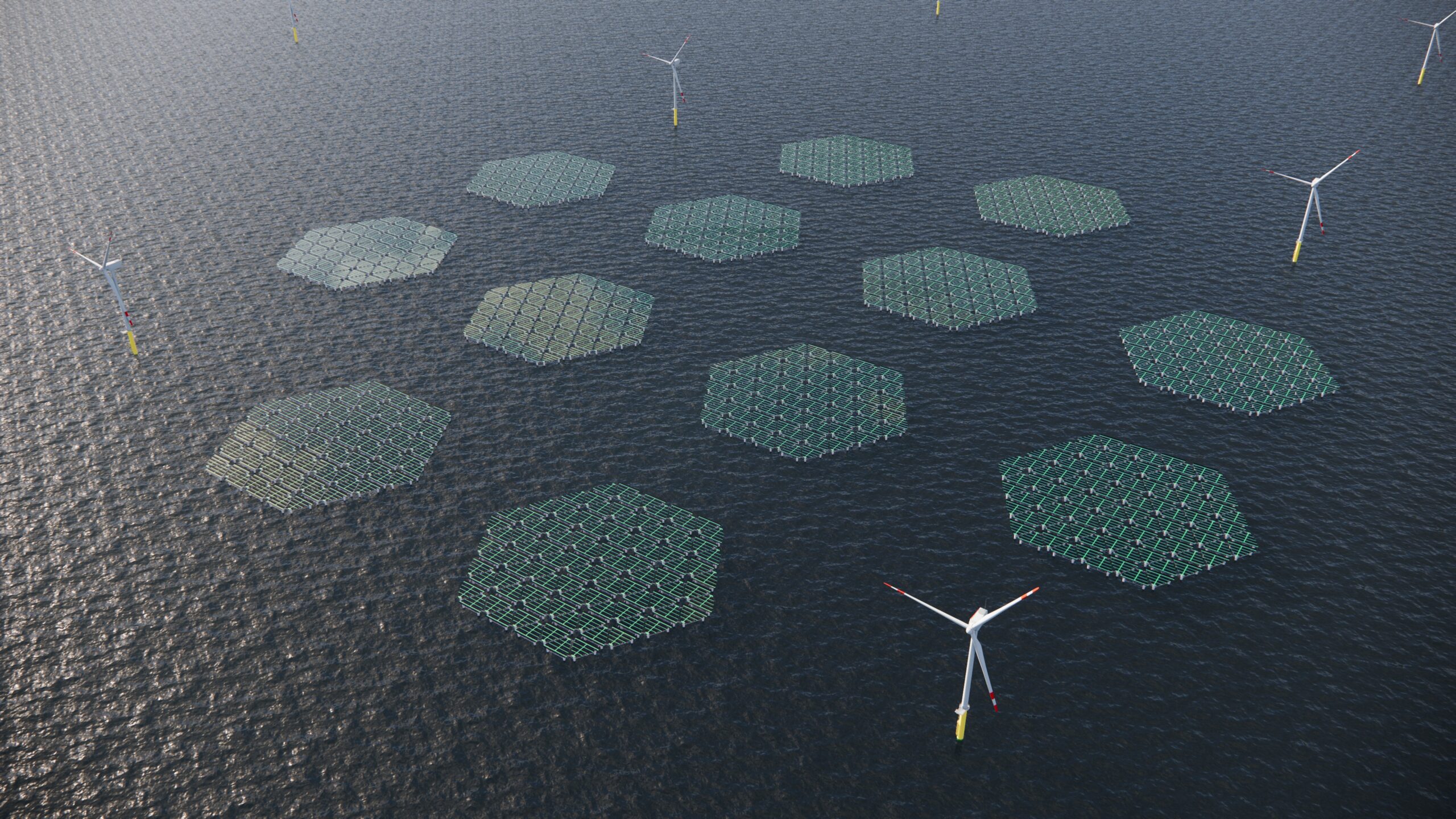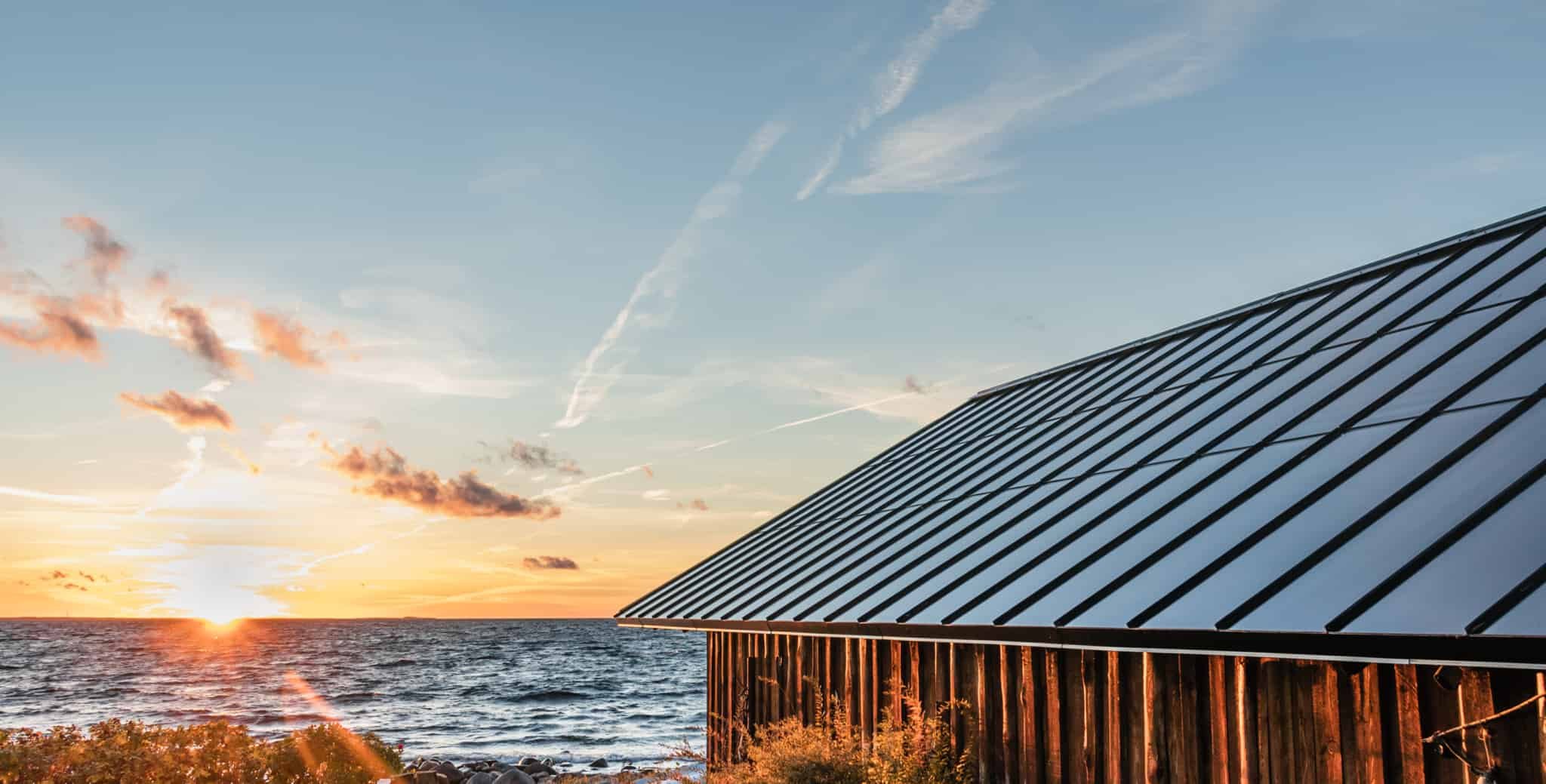
Saudi Arabia, a leading oil producer, is making significant strides in shifting towards renewable energy. The country’s largest solar project, located in Shuaiba, has secured $1.63 billion in financing from the National Development Fund, making it one of the world’s largest renewable energy ventures. The ambitious project, a collaboration between Saudi Aramco, Badil Company, and ACWA Power, aims to inaugurate the largest solar photovoltaic power plant in the kingdom.
Sunrise of solar energy in Saudi Arabia
The Kingdom of Saudi Arabia, known for its colossal oil reserves and petroleum-based economy, has now embarked on a journey towards renewable energy. The country’s largest solar project has secured an impressive $1.63 billion in financing from the National Development Fund (NDF). This marks a significant milestone, making it one of the world’s largest renewable energy projects.
This venture, located in Shuaiba within the Makkah Al-Mukarramah region, is a collaboration between Saudi Aramco, Badil Company, and ACWA Power. Their ambitious aim: to establish the largest solar photovoltaic power plant in the kingdom.
Global shift towards clean energy
The move towards renewable energy sources is not unique to Saudi Arabia. In 2022, wind and solar power supplied 12% of global electricity demand, surpassing fossil fuels. This growth was boosted by China, which added 50% of global wind power and 40% of new solar power by 2022. The International Energy Agency (IEA) recommends reducing coal and gas-fired power generation to achieve net-zero emissions.

However, Saudi Arabia’s pivot towards renewable energy is striking given its longstanding position as one of the world’s leading oil producers. This shift represents the country’s commitment to diversifying its energy sources and aligning with global sustainability efforts.
Aligning with Saudi Vision 2030
Financing the Shuaiba project is in line with Saudi Arabia’s Vision 2030, a strategic framework aimed at reducing the country’s dependence on oil, diversifying its economy, and developing public service sectors. The project exemplifies Saudi Arabia’s commitment to diversify its energy mix and supports the Saudi Green Initiative, which seeks to promote renewable and clean energy projects.
Moreover, the project is expected to start commercial operations in 2025 and is projected to generate over 2.6 gigawatts of clean energy, capable of supplying about 450,000 households with electricity. This aligns with Saudi Arabia’s pledge to generate 50% of its electricity from renewable sources by 2030.
Economic impact and future prospects
The transition towards renewable energy is also expected to have substantial economic implications. Saudi Arabia’s economy grew 1.1% in the second quarter of 2023, supported by an increase in non-oil activities. However, most growth forecasts have been revised downwards on lower oil prices and the probability of prolonged oil production cuts.
Despite this, the country is showing resilience by diversifying its economy and making significant investments in renewable energy. The inclusion of local and international banks in the financing arrangement for the Shuaiba project demonstrates the confidence of these institutions in Saudi Arabia’s renewable energy sector.
While this move towards renewable energy does not signal the end of fossil fuels for Saudi Arabia, it does highlight a significant shift in its energy policy. The country continues to rely on its vast oil reserves for economic stability, but the investment in renewable energy indicates a recognition of the need for diversification and sustainability.






